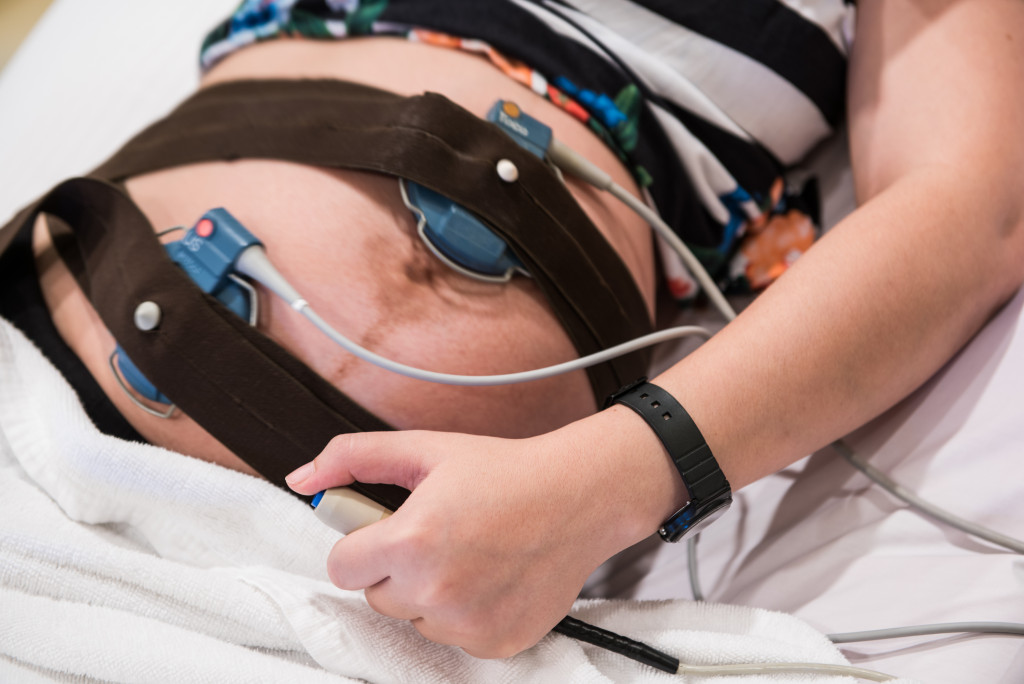- Premature labor is one of the most common childbirth complications, which can be managed with medications and bed rest.
- Preeclampsia is a pregnancy-related complication characterized by high blood pressure and protein in the urine.
- Problems with the baby’s position can be addressed through external cephalic version (ECV) or cesarean section
- Umbilical cord prolapse is a severe complication that can be treated with an emergency cesarean section or immediate delivery.
Childbirth is one of the most significant events in a woman’s life, and while it is a beautiful experience, it can also pose various complications. If not attended promptly, these complications can lead to serious health risks for both the mother and the baby. It is vital to be aware of these complications to identify any issues that may arise during labor and delivery.
Complications During Childbirth
Childbirth can be a complex process, and many things can go wrong. Here are some of the most common complications during childbirth, their symptoms, and how to manage them.
Premature Labor
Premature labor is one of the most common childbirth complications, and it happens when a baby is born too early, usually before 37 weeks of pregnancy. The symptoms of premature labor include regular contractions, vaginal bleeding, and lower back pain. If you experience these symptoms, you must notify your medical provider promptly.
Managing premature labor often involves measures to stop or slow down the contractions and medications to increase lung maturity in the baby. In severe cases, your doctor may recommend bed rest or a hospital stay to monitor your child’s development.
Preeclampsia
Preeclampsia is a pregnancy-related complication when a woman develops high blood pressure and significant protein in her urine. It typically appears after 20 weeks of pregnancy and can cause severe damage to a woman’s vital organs. The symptoms of preeclampsia may include severe headaches, blurred vision, and swelling or edema.
You should seek medical advice immediately if you experience any of these symptoms. Treatment for preeclampsia often involves bed rest, medication, and close blood pressure monitoring.

Problems with the Baby’s Position
Sometimes the baby’s position can pose a complication during delivery. For instance, the baby can present in a breech position, which is when the baby is positioned feet-first instead of head-first. This can cause complications during delivery, making it difficult, if not impossible, to deliver naturally.
The medical provider may recommend an external cephalic version (ECV), where they manually turn the baby while monitoring its heart rate. If this is unsuccessful or necessary, a cesarean section may be recommended.
Umbilical Cord Prolapse
An umbilical cord prolapse is a severe complication that occurs when the umbilical cord falls into the birth canal before the baby, compressing the cord and cutting off the baby’s oxygen supply. Symptoms often include sudden, severe abdominal pain, bleeding, and contractions that suddenly stop.
If you experience any of these symptoms, you should immediately call your medical provider. Treatment may include an emergency cesarean section or an immediate delivery, depending on the mother’s condition and the baby’s estimated gestational age.
Placenta Previa
Placenta previa is another complication during childbirth where the placenta covers part or all of the opening of the cervix, leading to damage and bleeding. The symptoms of Placenta previa include bright red vaginal bleeding, sudden cramps, and contractions.
If you experience these symptoms, you should seek emergency medical advice immediately. Treatment for placenta previa often involves bed rest and close monitoring. However, in severe cases, a cesarean section may be necessary.

Lactation Insufficiency
Lastly, a common complication during and after childbirth is lactation insufficiency, when the mother cannot produce enough breast milk for the baby. Various factors, including hormonal imbalances, medications, and inadequate feedings, can cause this.
It can be problematic as the mother cannot provide enough nutrition for her baby. To manage lactation insufficiency, the mother must consult an experienced lactation consultant about methods to increase milk production, such as pumping, frequently nursing, and taking supplements. They can also find out why the mother is not producing enough milk and work to find a solution.
General Tips to Avoid These Complications
Specific measures can be taken to reduce the risk of these complications during childbirth. Firstly, it is essential to ensure you get regular prenatal checkups with your medical provider throughout your pregnancy. Additionally, ensure you get vaccinated against diseases like tetanus, influenza, and rubella before labor starts, as they can lead to severe health risks during delivery. Lastly, a balanced diet rich in proteins and vitamins can help ensure a healthy pregnancy and childbirth.
It is essential to be aware of the potential risks associated with childbirth and take steps to prevent them. You can ensure a safe and successful delivery for yourself and your baby with proper care and attention.



